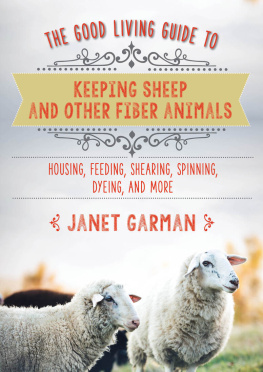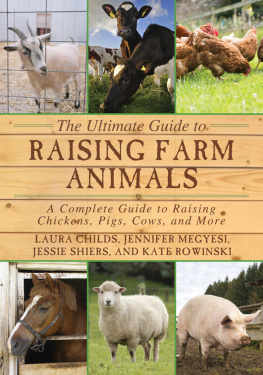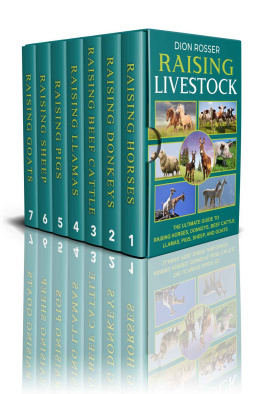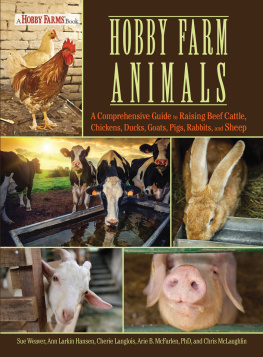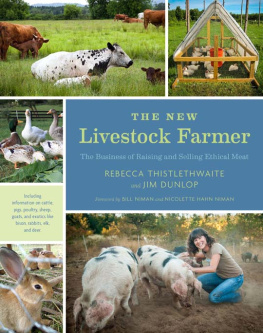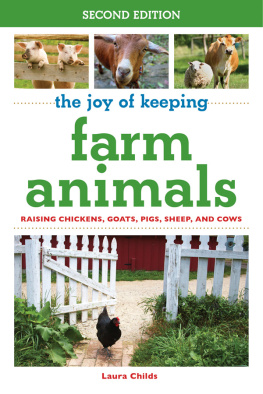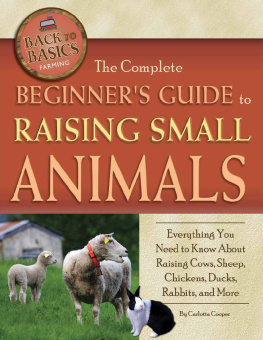PRODUCING WOOL FROM SHEEP, GOATS, ALPACAS, AND RABBITS IN YOUR BACKYARD

CHRIS MCLAUGHLIN
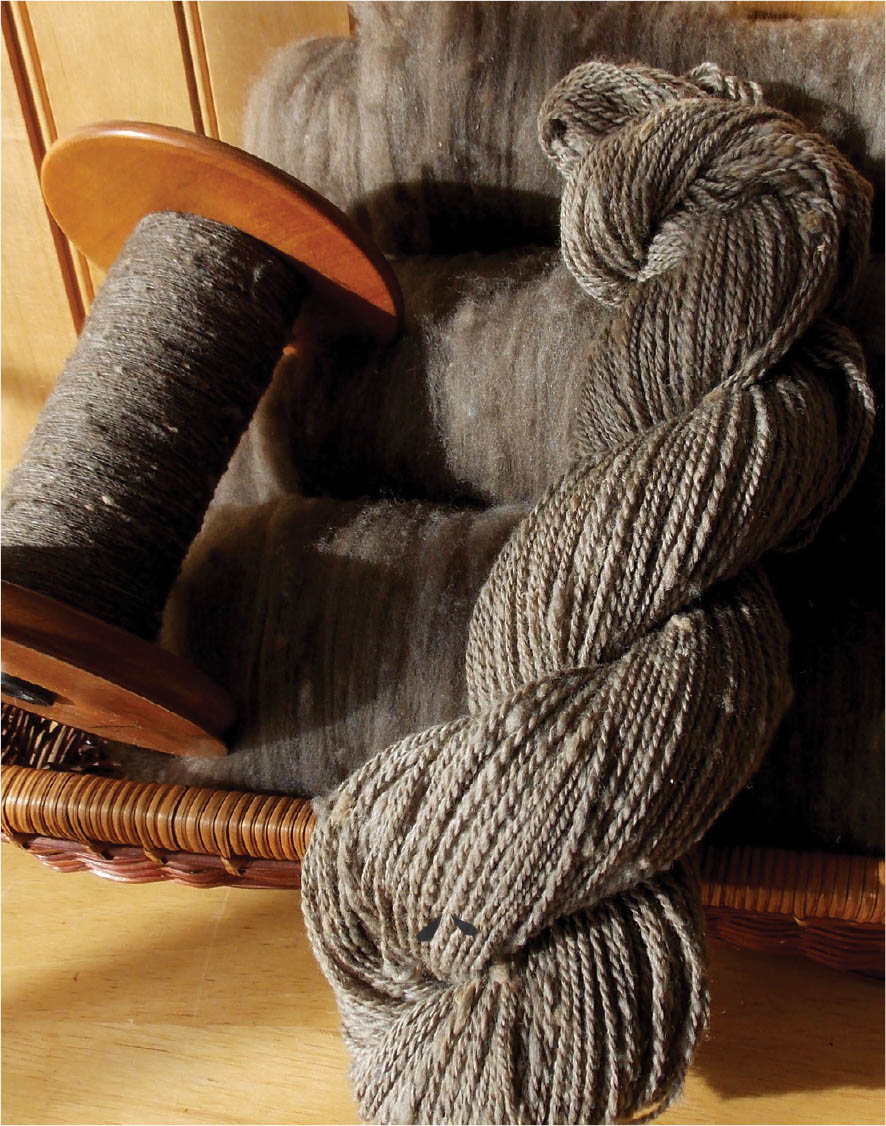
Raising Animals for Fiber
CompanionHouse Books is an imprint of Fox Chapel Publishers International Ltd.
Project Team
Vice PresidentContent: Christopher Reggio
Editor: Colleen Dorsey
Copy Editor: Amy Deputato
Design: Mary Ann Kahn
Index: Jay Kreider
Copyright 2019 by Chris McLaughlin and Fox Chapel Publishers International Ltd.
All rights reserved. No part of this book may be reproduced, stored in a retrieval system, or transmitted in any form or by any means, electronic, mechanical, photocopying, recording, or otherwise, without the prior written permission of Fox Chapel Publishers, except for the inclusion of brief quotations in an acknowledged review.
ISBN 978-1-62008-324-6
The Cataloging-in-Publication Data is on file with the Library of Congress.
This book has been published with the intent to provide accurate and authoritative information in regard to the subject matter within. While every precaution has been taken in the preparation of this book, the author and publisher expressly disclaim any responsibility for any errors, omissions, or adverse effects arising from the use or application of the information contained herein. The techniques and suggestions are used at the readers discretion and are not to be considered a substitute for veterinary care. If you suspect a medical problem, consult your veterinarian.

| Fox Chapel Publishing
903 Square Street
Mount Joy, PA 17552 | Fox Chapel Publishers International Ltd.
7 Danefield Road, Selsey (Chichester)
West Sussex PO20 9DA, U.K. |
www.facebook.com/companionhousebooks
We are always looking for talented authors. To submit an idea, please send a brief inquiry to .
Printed and bound in China
22 21 20 19 2 4 6 8 10 9 7 5 3 1
DEAR FUTURE FIBER FARMER,
I will never know how you got here, but I can make a lot of good guesses. Pull up a hay bale and let me share with you how I ended up here. For me, raising fiber animals was a convergence of interests. One hobby I nurtured for many years was raising and showing rabbits. (Yes, rabbit shows are a thing. If you have yet to attend one, I encourage you to do so; its something else.) Among the various rabbit breeds inhabiting my barn were Angoras. I was aware of the luxurious wool my Angora rabbits produced, but I was focused on the show table and certainly had no idea how to use (much less market) their fiber.
I arrived at another interest quite accidentally. My New Years Day traditions dont include resolutions, but rather explorations. On the first day of each year, I choose something to learn that Ive never done before. One year I decided to learn to knit. A funny thing happened before I ever reached a knitting classI got hung up on the yarn itself. I became obsessed with where the fiber came from and how it was made into yarn. Instantly smitten with handling all kinds of fiber, I learned to channel my inner Rumpelstiltskin through the magic of the drop spindle and the spinning wheel. And by sheer coincidence, I happened to have a couple of wool producers (French Angora rabbits) already in my barn.
So it began.
As a born animal lover and patron of arts and crafts, it was not a great leap from there to here. One year I became fascinated by natural fiber, and the next thing I knew I was a bona fide yarn farmer. That said, I had questions, concerns, and a lot of confusion in the beginning. I had to figure out which animal species would work best for what I wanted to do with the fiber, which ones suited our familys lifestyle, and which ones were a good physical fit for our environment and farm.
I asked around, of course. Sheep folks said to raise sheep, goat people said to raise goats... and so on. They all had credible reasons for choosing what they raised, as each species is compelling in its own right. That still didnt help me decide which one was the right one for me. So I began with the animals I happened to have (Angora rabbits) and had a wonderful experience with my first fiber species. In the end, it was the Angora goats that captured my heart and pushed me deeper into fiber farming. Many of my friends fell hard for sheep and alpacas; therein lies the beauty of being a fiber farmer.
I wrote this book to answer many of the questions you will have as a beginner fiber farmer, to remove some of the confusion, and to guide you to the fiber animals that are meant for you. This book was written as a starting point. Its a place to compare the keeping of four different fiber animal species. If you find that a particular fiber animal calls to you, I encourage you to acquire more books, seek out clubs, and connect with breeders for further and more specific guidance as you start down the path of adopting and raising your very first fiber animals. But Im here for your first steps, and I cant wait to see what you produce!

CONTENTS

CHAPTER 1
THE BASICS OF KEEPING LIVESTOCK FOR FIBER


Hand-spinning is an Old World form of twisting fibers together to create yarn.

And just like that, sheep provide clothing for the shepherd. Fiber farming truly is a wonderful thing.
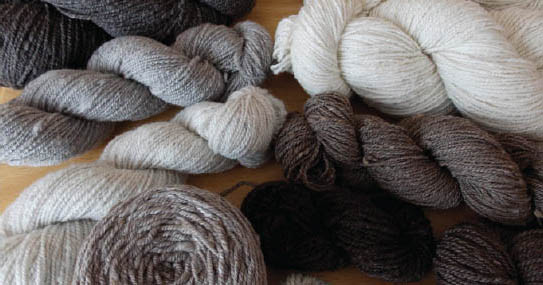
All naturally colored yarns.
AN INTRODUCTION TO KEEPING FIBER ANIMALS (INCLUDING SEVEN TRUTHS)
If you knit, crochet, or use fiber to create handcrafts, you might be considering raising a herd or flock of animals to produce your own fiber. Youve come to the wrong place if youre looking for someone to talk you out of it. I can assure you that theres more than one great reason to keep fiber animals around. These great reasons include:
Fiber: This is obviously the primary reason for keeping fiber animals. Remember, not only will the fiber be useful to you, but you can sell it to other spinners, knitters, and fiber artists. If you breed your animals, thats another marketing avenue, as well.
Show ring: Some fiber farmers enjoy showing the beautiful animals they have been breeding by way of open competition (showing). By no means is showing necessary. However, showing helps to get your farm name/business out there, and a fleece that has a blue ribbon next to it is an easy sale.



